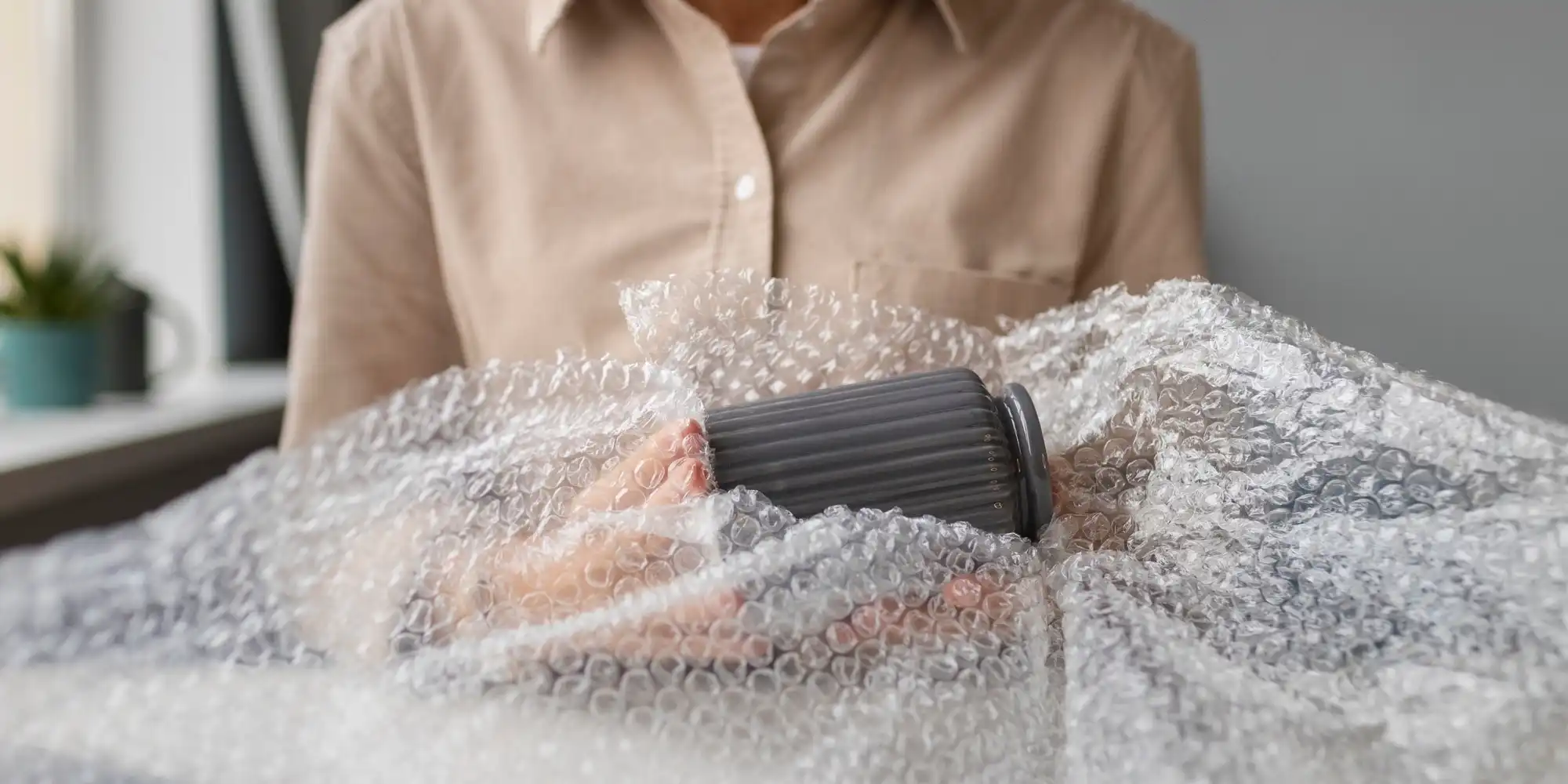In the dynamic realm of product development and design, innovation is the key to success. One material that has proven to be a game-changer in this arena is Ethylene Vinyl Acetate (EVA) foam. Often associated with craft projects and DIY endeavors, EVA foam has quietly made its mark in the industrial modeling sector, offering versatility and practicality that transcends traditional expectations.
Understanding EVA Foam
Before delving into its industrial applications, let’s grasp the essence of EVA foam. Ethylene Vinyl Acetate is a durable and flexible material known for its shock-absorbing properties, making it a popular choice for various industries. Its lightweight nature and ability to be easily manipulated make EVA foam an ideal candidate for a wide array of applications, including industrial modeling.
Real-World Examples
1. Automotive Prototypes:
In the automotive industry, precision and attention to detail are paramount. EVA foam is frequently employed to create prototypes of interior components, allowing designers to visualize and refine their concepts before moving into the costly production phase. From dashboard layouts to door panels, EVA foam aids in the development of ergonomic and aesthetically pleasing automotive interiors.
2. Electronic Device Casings:
EVA foam’s shock-absorbing characteristics find utility in the creation of protective casings for electronic devices. Companies often use EVA foam to design prototypes for phone cases, laptop covers, and other gadget accessories. This not only speeds up the development process but also ensures the durability and impact resistance of the final product.
3. Footwear Design:
Shoe designers leverage the malleability of EVA foam to model and refine the soles of shoes. Its cushioning properties make it an excellent choice for creating comfortable and supportive footwear prototypes. The lightweight nature of EVA foam also contributes to the overall comfort of the final product.
4. Exhibition Displays:
In the realm of product displays for exhibitions and trade shows, EVA foam plays a crucial role. Its ability to be cut into intricate shapes and sizes makes it an ideal material for constructing eye-catching displays. From oversized product replicas to intricate dioramas, EVA foam serves as a cost-effective and visually appealing solution for exhibition needs.
The Role of EVA Foam in Product Development
1. Rapid Prototyping:
EVA foam expedites the prototyping phase, allowing designers to quickly translate their ideas into tangible models. This not only accelerates the product development cycle but also enables efficient iterations and improvements.
2. Cost-Effective Design Iterations:
Traditional prototyping materials can be expensive, especially when multiple iterations are necessary. EVA foam’s affordability facilitates cost-effective design revisions, empowering designers to experiment without breaking the budget.
3. Enhanced Visualization:
Creating a physical representation of a product concept enhances the visualization process for designers and stakeholders. EVA foam’s versatility allows for the creation of detailed and realistic models, providing a tangible reference for assessing design elements.
Conclusion
In the world of industrial modeling, where precision, efficiency, and cost-effectiveness are paramount, EVA foam emerges as a versatile and valuable ally. Its applications span across various industries, from automotive design to exhibition displays, demonstrating its adaptability and reliability. As a key player in the product development and design process, EVA foam proves that innovation often lies in unexpected places, offering a practical solution that transcends the boundaries of traditional materials.
Incorporating EVA foam into your industrial modeling toolkit not only streamlines the design process but also opens doors to creative possibilities, ultimately leading to the development of superior products in a timely and cost-effective manner.
FAQ Section
Q1: What is EVA foam primarily used for in industrial modeling?
EVA foam is extensively used in industrial modeling for creating prototypes of various products, including automotive components, electronic device casings, and footwear soles. Its shock-absorbing properties and versatility make it an ideal material for rapid prototyping.
Q2: How does EVA foam contribute to cost-effective design iterations?
EVA foam is an affordable material, enabling designers to create multiple iterations of prototypes without incurring significant costs. This cost-effectiveness allows for efficient design revisions and improvements throughout the development process.
Q3: Can EVA foam be used for exhibition displays?
Absolutely! EVA foam is a popular choice for constructing eye-catching exhibition displays. Its ability to be cut into intricate shapes and sizes makes it a cost-effective and visually appealing solution for showcasing products at trade shows.
Q4: What advantages does EVA foam offer in the footwear design industry?
In footwear design, EVA foam is valued for its malleability and cushioning properties. Designers use it to model and refine shoe soles, contributing to the overall comfort and support of the final footwear product.
